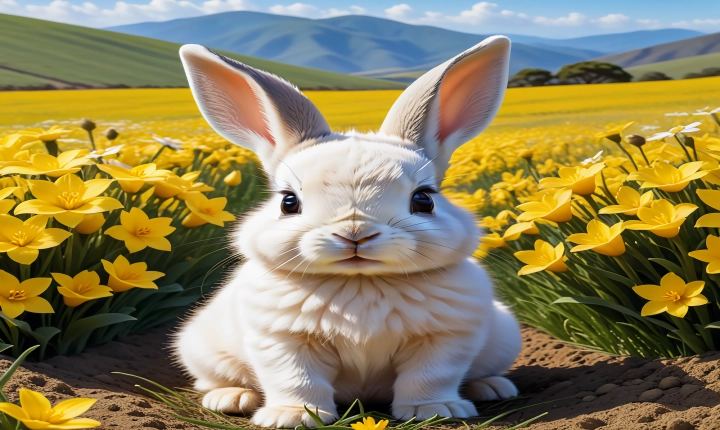Artificial intelligence has made major strides in recent years, and one of its most impressive applications is the ability to fill in missing parts of an image. This technology, known as image inpainting, can be used to seamlessly complete damaged or incomplete pictures, making it an invaluable tool for photographers, graphic designers, and restoration specialists. In this article, we will explore how to use AI to fill in a picture and the different techniques and tools available.
One of the most popular methods for using AI to fill in a picture is through the use of deep learning algorithms. These algorithms are trained on large datasets of images and learn to understand the structure and content of an image. When presented with a damaged or incomplete image, the algorithm can generate realistic and visually coherent completions based on its learned knowledge.
To use AI to fill in a picture, one can utilize a variety of software tools, many of which are available as standalone applications or plugins for popular photo editing software. These tools typically allow users to select the damaged or incomplete areas of an image and then apply the AI algorithm to generate a completion.
The process of using AI to fill in a picture typically involves the following steps:
1. Selection: Identify the damaged or incomplete areas of the image that need to be filled in. This can be done using selection tools in photo editing software, or the AI tool itself may have the ability to automatically detect areas that require completion.
2. Application of AI: Once the areas to be filled in have been selected, the AI algorithm is applied to generate completions. The user may have the option to adjust settings such as the size of the completion area, the style of the completion, and the level of detail.
3. Review and refinement: After the AI has generated the completions, the user can review the results and make any necessary refinements. This may involve blending the completion with the surrounding areas, adjusting the color and texture, or making other fine-tuned adjustments to ensure a seamless final result.
There are several AI-powered image inpainting tools available, each with its unique features and capabilities. Some tools offer the ability to prioritize certain visual elements, such as textures or colors, while others may provide advanced controls for precise adjustments to the completion. Additionally, some tools are designed specifically for restoration and digital art applications, while others may be geared towards general photo editing and manipulation.
It’s important to note that while AI-powered image inpainting can produce impressive results, it is not a replacement for traditional photo editing skills and techniques. Instead, it should be viewed as a valuable tool that can augment and streamline the photo editing process, particularly for tasks involving large or complex images or for situations where manual edits are impractical or time-consuming.
In conclusion, the use of AI to fill in a picture has opened up new possibilities for photographers, designers, and restoration specialists. By leveraging the power of deep learning algorithms, users can efficiently complete damaged or incomplete images with impressive and realistic results. As AI technology continues to advance, we can expect to see even more sophisticated and intuitive tools for image inpainting, further enhancing the capabilities of digital image editing and manipulation.
